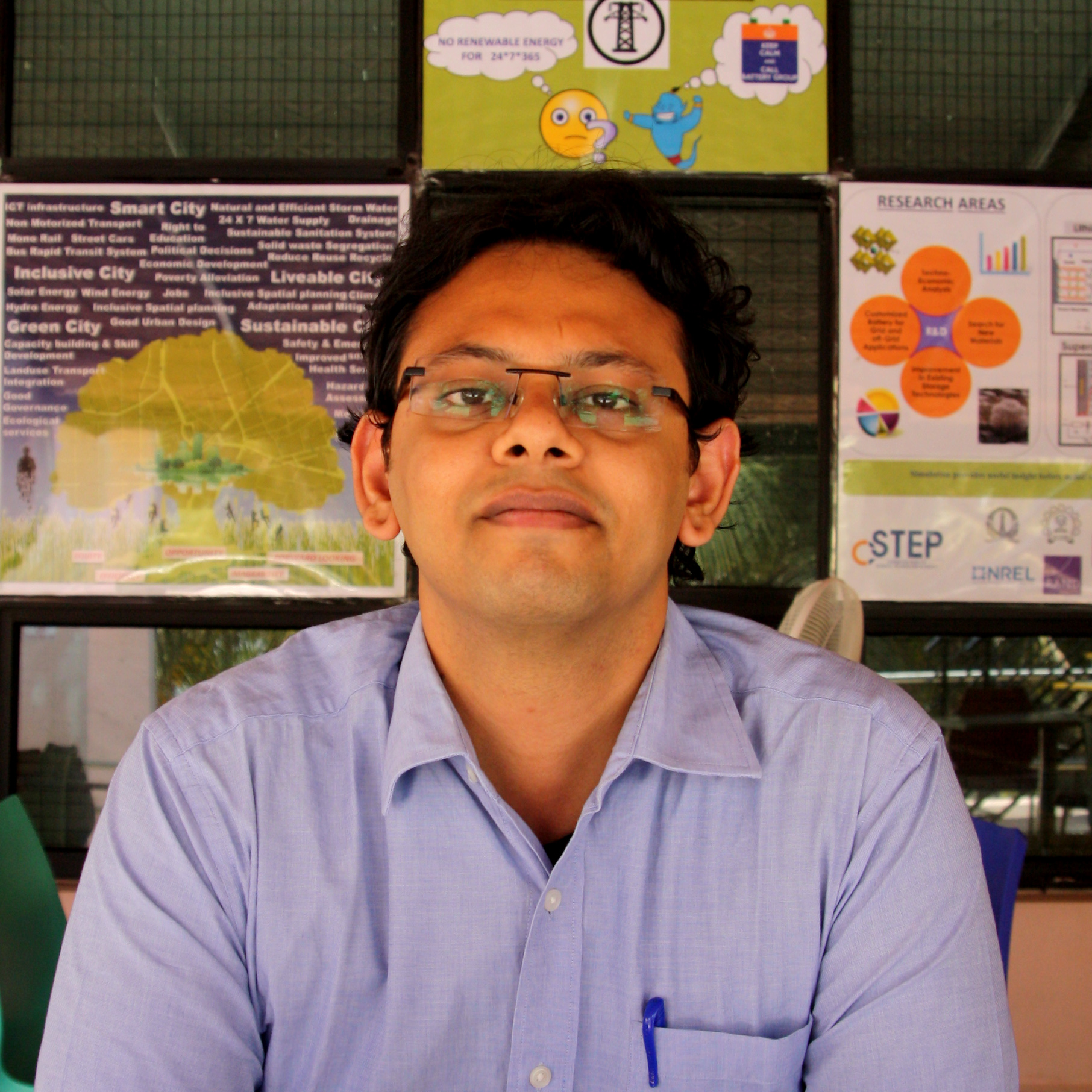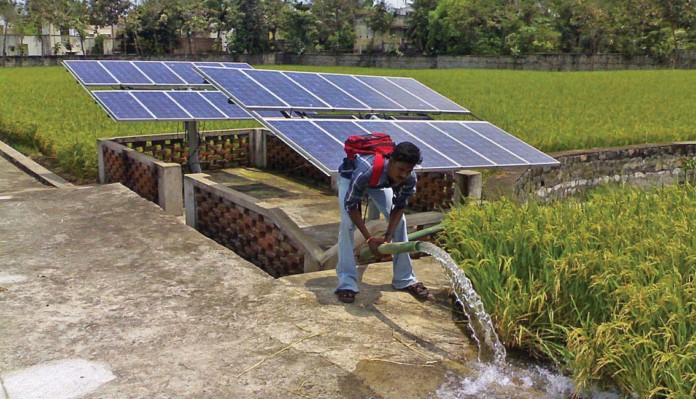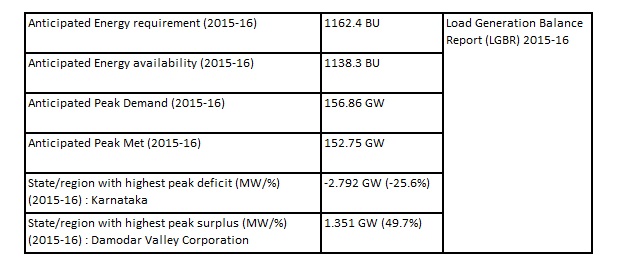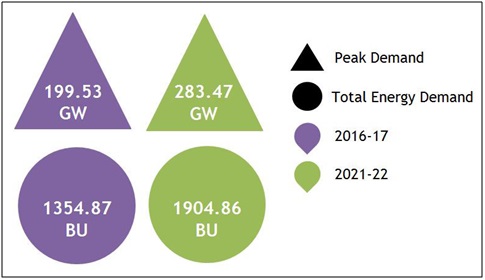Lessons can be learned from countries like Germany, which recently offered two billon euros worth support and its experience in renewable energy penetration. However, the sheer scale and complexity of the Indian power sector demands an indigenous solution, says Harshid Sridhar
The Indian government aims to provide power for all by 2019. In pursuit of this goal, the government has set a renewable energy target of 175 GW by 2022, which is a very ambitious target. This 175 GW will include 100 GW of solar, 60 GW of wind, 10 GW of biomass and 5 GW of small hydro based power. This has led the dormant Indian power sector to finally wake up and rise to the task. In order to gauge the likelihood of achieving this target, an understanding of the energy sector is a prerequisite.
As on August 31, 2015 India’s total installed generation capacity was 276.78 GW (according to the All India Installed Capacity of Power Stations – Monthly Report, published by Central Electricity Authority (CEA). The total generation target set for 2015-16 is 1137.5 Billion Units (BU) (CEA). Table 1 below provides a bird’s eye view of the status of India’s power sector, to help visualise the grand landscape of the Indian energy sector.
Table 1: Status of India’s Power Sector
Figure 1 shows the projected energy demand and peak demand in the short (2016-17) and medium (2021-22) terms.
Figure 1: Short and Medium Power Projections
Source: 18th Electric Power Survey, as quoted in National Electricity Plan 2012
While the projections for 2016-17 and 2021-22 are perceived to be conservative,the fact that we have a mammoth task at hand should be acknowledged. Although, our installed generation capacity is higher than the peak demand, the gap between the power required and power supplied remains significant.As shown in Table 1, the all India anticipated deficit in 2015-16 is 2.1% and 2.6 % in overall energy and peak demand, respectively. The reality of choked-up transmission and distribution infrastructure paints a far darker picture, resulting in (un)planned load shedding (power cuts).
In an effort to meet the demand for electricity, renewable energy is being considered as the hopeful champion among many potential solutions. One of the initiatives which the government has put a major thrust on,with respect to renewable energy solutions,is the application of solar photovoltaic (PV) technology. The government has announced the commissioning of a large number of solar parks on a utility scale as well as laid emphasis on rooftop PV. If the rooftop PV target (40GW)is achieved as envisioned, a portion of households/establishments could not only become independent of the grid,some may also be in a position to supply power back to the grid. Hence, a supplement to centralised generation, in the form of distributed generation, could become an integral part of the mainstream power sector.
Solar PV technology fits well with the interests of a tropical country like India which is blessed with good sunshine almost throughout the year in most parts of the country. Acknowledging this potential, there is an ambitious plan of setting up 25 solar parks with capacities ranging from 500 MW to 1GW each, as a part of the 100 GW target. While solar PV technology is clean and relatively seems like a turnkey solution,it has its own set of challenges.
Inherent technology/operational challenges
Solar energy by its very nature is intermittent; it is not a source of constant power output. Its efficiency is also lower than its non-renewable counterparts. The amount of solar energy generated is strongly dependent on the amount of sunshine that a place receives, presence of cloud cover, dust, moisture, and bird droppings, and the ambient temperature at the plant site. The random nature of some of these factors makes them hard to quantify.
Challenges with respect to grid integration
If large-scale penetration of solar energy is to be realised, then appropriate studies/measures must be taken to ensure that the traditional grid has provisions to bear with such an intermittent generation source. Currently, the Indian grid’s transmission and distribution sections are not prepared for handling very high penetration from renewable energy sources. The case of curtailment of power (especially in case of wind energy), i.e., cutting off a source from the grid when it is generating excess energy is a paradox which highlights the weakness of the current power evacuation strategy.
Opportunistic viewpoint despite the challenges
Despite these obstacles, the excitement around PV technology is high. The challenges can be viewed as an opportunity for deeper research and innovation. Like in most cases, a singular solution can never address the problem. In the case of renewable energy, it would take the perfect blend of appropriately upgraded grid infrastructure, calibrated inputs from conventional sources (coal, nuclear, hydro, gas), right class of storage technology at different levels, and strategic spread of distributed generation to make the best out of the available energy sources. It is imperative to master the art of balancing the intermittent source and a mildly flexible grid. Lessons can be learned from countries like Germany which run on high renewable energy penetration. However, the sheer scale and complexity of the Indian power sector demands an indigenous solution.
Organisations like the Center for Study of Science Technology and Policy (CSTEP), Bangalore, are working towards solving the PV puzzle with respect to the larger canvas of the Indian energy sector. CSTEP is developing a computational tool to conduct techno-economic feasibility assessments of solar PV and solar thermal technologies, from engineering and financial standpoints. CSTEP has also signed a tripartite Memorandum of Understanding (MoU) with the Bangalore Electricity Supply Company (BESCOM) and Karnataka Renewable Energy Development Ltd. (KREDL) to pursue high impact research projects with respect to renewable energy. A holistic approach which combines factors such as resource availability (land, water and fuel), transmission and distribution infrastructure (existing and future projected), projections of future demand and generation addition is being pursued to paint a realistic image of grid-integrated solar PV solution.
If all the pieces (technology, economics, policy, etc.) fall in place, the Indian energy sector is all set to experience a jump similar to that experienced by the communication sector with mobile phones. It is imperative to balance the energy needs of the country. Embracing the bountiful rays of the sun could aideIndia to achieve the growth trajectory it deserves.














mr. Harshid Sridhar, its nice reading U R, good we the younger generation have and should work 4 better power generation,i have worked for Mysore Power C Ltd,some years back, i saw the damages for the ecosystem, the amount of forests destroyed, poor farmers land lost dew 2 the dams constructions on western ghat, we people of India should request the Central & states governments should allow free Imports of all types of Power generating systems,Wind turbines,small & medium types for/ both by Big Industries, private,small,medium & single house owners should be allowed to make & get solar power self sufficient, at presently the import duties are so high the small time builders find it difficult to get enough power required for their houses,flats etc, & farmers deepened on only electric power 2 pump up water for cultivating their lands…my request to the governments to remove all types of import duties & taxes thank U for allow me to write to U…hope U will get this…see U soon..krishna